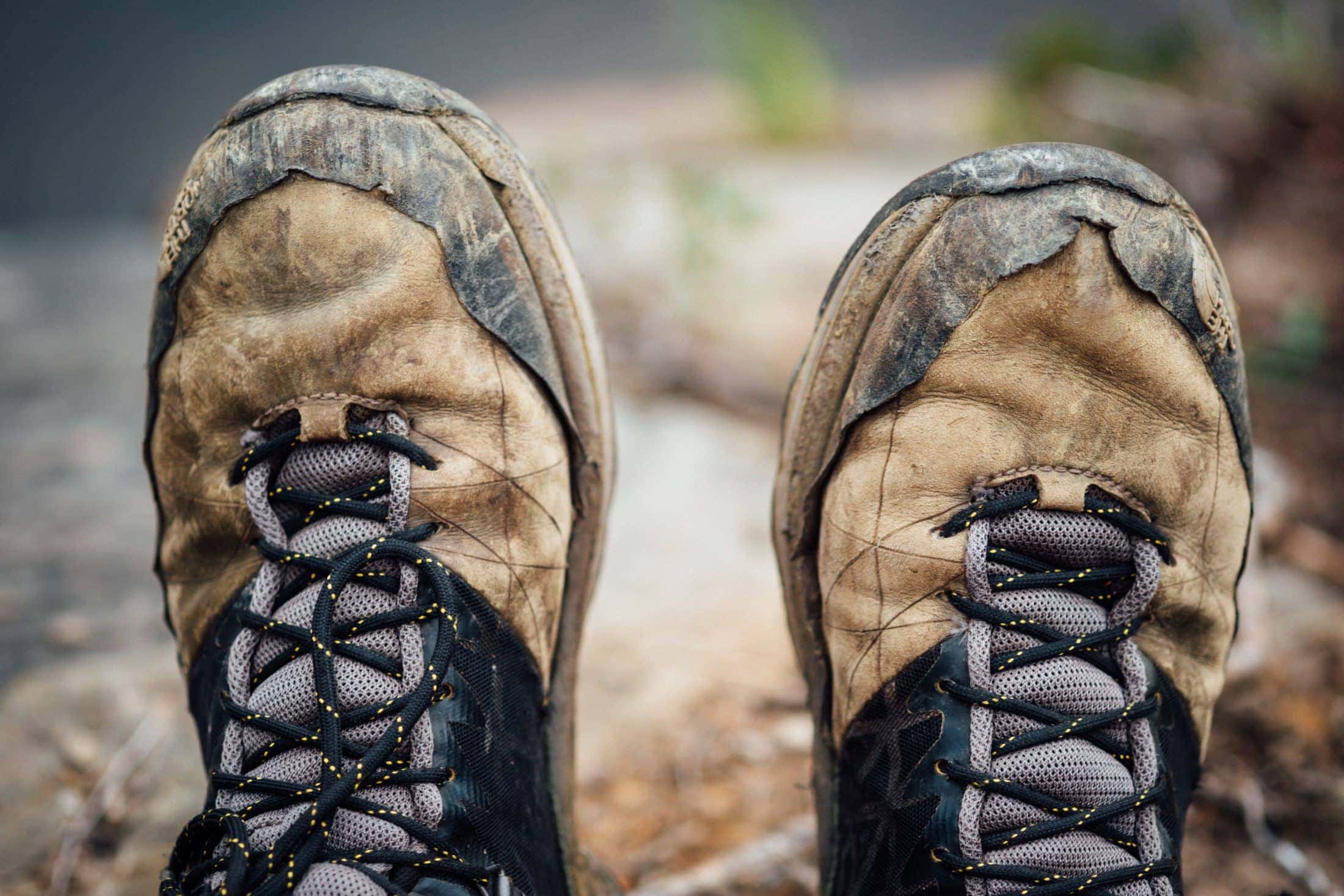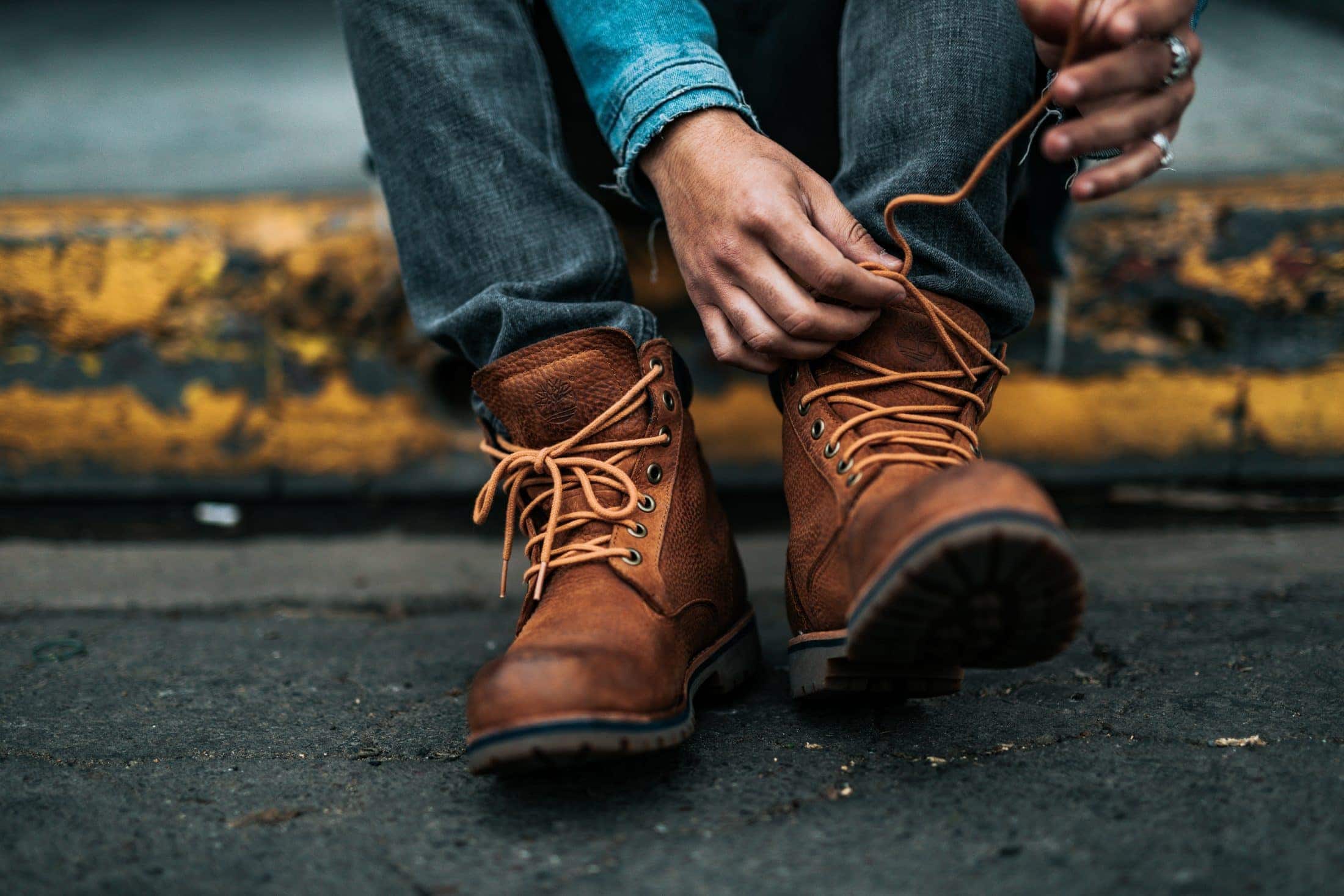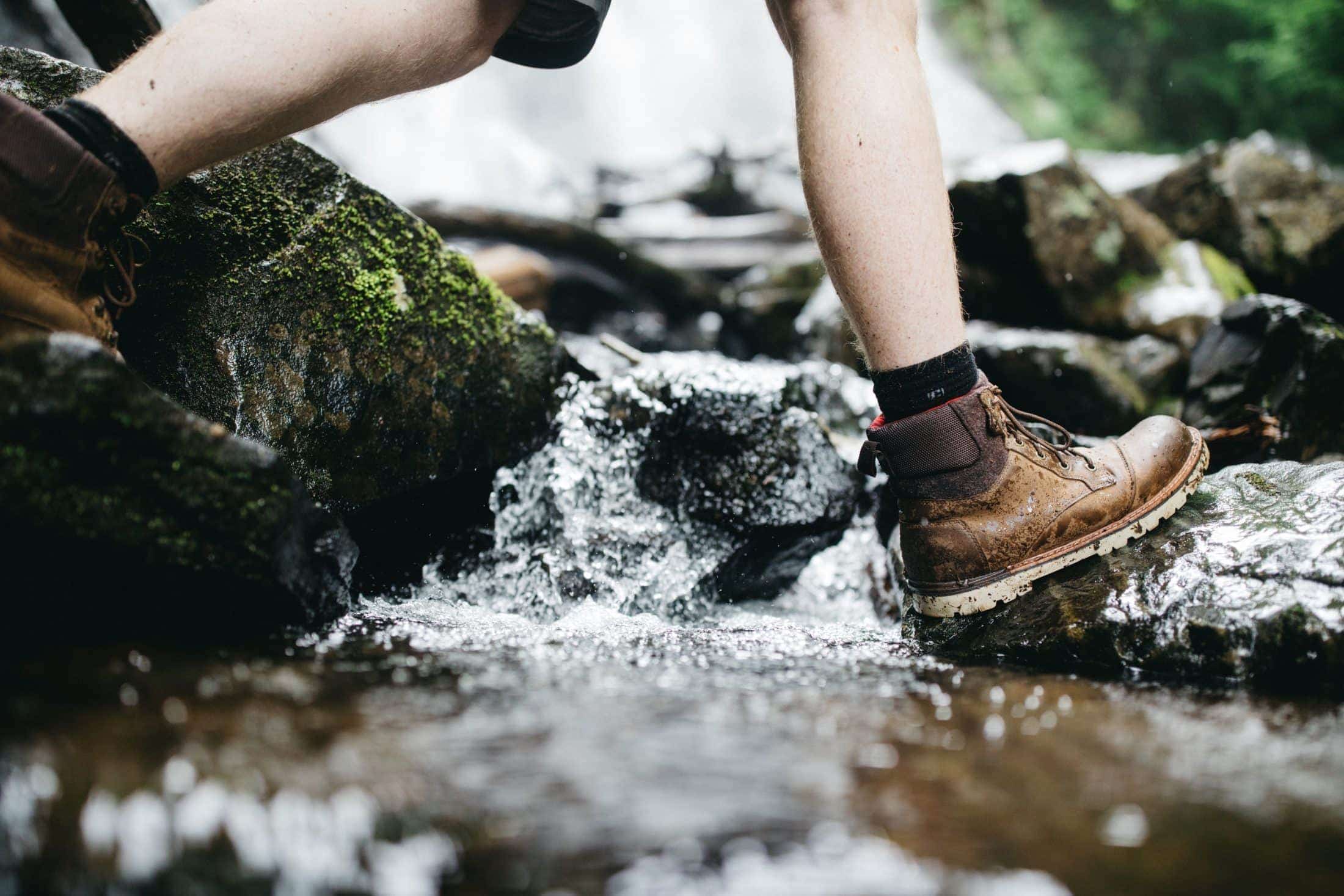Picking hiking boots is never an easy task and with the increasingly high performance of boots, the choice is only getting harder. One of the first, and most difficult, choices are often what material of boot to go for out of leather and synthetic. There’s a wide range of boots that are made from different animal skins. Some popular boots like cowboy boots featured on Shoe Adviser are made from exotic animal skins, suitable in all weather conditions. Each material comes with strengths and weaknesses and there’s no easy answer with everyone having their own preference and reasoning behind it.
We’ll give you a quick rundown of the qualities you’re looking for in your boots and how the materials add up in each category.
Comfort
We’ve decided to start with the most tricky to judge, and most contentious, of the criteria. Comfort can mean a lot of different things to different people when it comes to boots with some people judging it as support and protection and others basing it solely on the feel of the boot. Another tricky case is whether you want comfort straight out of the box or are willing to wear a pair of boots in to get a comfortable fit.

In terms of just the feel of the boot, a synthetic upper is often the preferable choice, with a blend of materials synthetic boots can be both soft and durable. When it comes to supporting and protecting, most people would say that it’s hard to beat a leather upper that has been appropriately worn in.
This leads us to the caveat that always comes with leather boots; they do require a period of use to get the best out of them and not everyone wants to put that time in or feels that the benefits outweigh the extra discomfort early on.
Weight
The leather of all kinds tends to be a pretty sturdy and naturally heavier material than the synthetic blends used to make hiking boots. It isn’t unusual to have leather boots weigh double when compared to an equivalent synthetic boot. There are plenty of manufacturers now who are cutting weight in their soles and midsoles, dropping the overall weight of the leather boot, but a comparable synthetic boot will always be a little lighter.

Warmth
Leather is always going to be the warmer choice for materials. Boots made from leather are notoriously warm and not always in a positive way. Depending on the location you’re going to be hiking in you should take into account the added heat from a leather pair of boots when compared to synthetic boots and use that information to help make your choice.

Durability
Unfortunately, synthetics aren’t at the same level as leather when it comes to durability. With so many more seams that can become frayed or let moisture leak in, there is a direct effect on the longevity of the boots. A pair of leather boots that have been well maintained and well cared for can easily last over a decade, making them an investment. This is one of the reasons we’re happy to overlook the wearing in a period when it comes to comfort as well, the boots will just last longer overall. Now taking care of leather boots isn’t always the quickest and easiest of tasks but it really pays dividends in the long run. Read this helpful guide for a more in-depth rundown of the steps to take and benefits you can expect when caring for leather boots.

Price
Obviously there are factors that come into play other than just the material that the boots are made of when it comes to the price and value for money of a new pair of hiking boots. However, it is true that a pair of leather boots will likely cost you a little more than an equivalent synthetic pair. You would also expect the leather boots to last a little longer though, so the overall cost might be a little more balanced than it appears at first glance.

Waterproofing
Both leather and synthetic hiking boots often boast quite high water-resistance rather than claiming to be waterproof. There are a number of different waterproofing treatments you can apply to your boots depending on the material you go with, but overall the edge has to go to treated leather over synthetic. The upside for synthetic boots is they tend to dry out quicker than their leather counterparts.

As we touched on at the start of the article, there is a whole range of considerations when it comes to deciding what material you want for your boots. Our office leans towards leather boots for personal preference but we’ve all had great pairs of synthetic boots too. For a bit more of an insight into the options that you have to check out this article that touches on a number of different things, you should keep in mind.
